Meeting the European Banking Authority (EBA) reporting requirements
- January 31, 2024
- 4 minutes
BR-AG | Senior Business Analyst, Practice Lead
European Banking Authority (EBA) is keeping on taking significant steps toward harmonizing and standardizing banking data reporting across Europe, applying modelling framework to define reporting requirements, templates, and validation rules.
The Data Point Model (DPM), and the XBRL taxonomies step as critical components for facilitating this process. These ensure a uniform implementation of the reporting requirements, as the data items included in the relevant Technical Standards and Guidelines have been translated into a DPM. The DPM is a structured representation of the data, identifying all the business concepts and their relations, as well as validation rules. It contains all the relevant technical specifications necessary for developing an IT reporting solution.
Working in tandem with XBRL, the DPM derives reporting taxonomies and XBRL formula rules from a more abstract framework. These taxonomies are then utilized by National Competent Authorities (Supervisors in Europe) to facilitate reporting to regulatory bodies such as the EBA and the European Insurance and Occupational Pensions Authority (EIOPA). Most National Competent Authorities mandate the use of XBRL as the designated format for regulated firms to report back to them.

Distinguished by its heightened focus on versioning, the regulators utilize various tools to access and implement the new models. Our ATOME Matter, metadata management and modelling platform, was specifically crafted for this purpose. Serving as an illustrative example of effective practice, EIOPA uses this tool to support taxonomy developments, defining reporting requirements and enabling users to cross-check their understanding of data.
Schedule a meeting with our subject matter experts to see ATOME Matter in action and explore how it can serve your needs.
The implementation of ‘data extractable and machine-readable’ formats also plays a crucial role in establishing an European Single Access Point (ESAP) aimed at providing centralised access to the publicly available information of relevance to financial services, capital markets and sustainability. Providing consistency in definitions understanding, these are formats that allow for the differentiation of data values irrespective of how they are presented through a structure that defines the meaning of the data. In some case, the data may also be structured so that it models semantics, allowing machines to consistently read the underlying meaning of data.
EBA Reporting Frameworks: Getting to comply with upcoming requirements
Reporting framework | Framework release date | Applicable for reports as of | Main changes |
|---|---|---|---|
TBD | Module specific from 03/2025 | Changes to Supervisory Benchmarking Changes and new requirements in relation to CRR3/CRD6 in COREP New MiCAR reporting requirements Changes to Resolution planning | |
From 07/2024 | Module specific from 09/2024 | Integration of DORA ITS into DPM and taxonomy Integration of diversity benchmarking GL into DPM and taxonomy Integration of FICOD templates into DPM and taxonomy Changes to FRTB | |
From 07/2023 | Module specific from 09/2024 | Integration of DORA ITS into DPM and taxonomy Integration of diversity benchmarking GL into DPM and taxonomy Integration of FICOD templates into DPM and taxonomy Changes to FRTB | |
From 05/2023 | Module specific from 09/2023 | Integration of IPU reporting into DPM and taxonomy Integration of ESG pillar 3 disclosures into DPM and taxonomy Pillar 3 hub templates Changes to Supervisory Benchmarking Advanced IRRBB ad-hoc data collection |
More details on the reporting framework releases is available at the EBA’s official website.
Update on the DORA (Digital Operational Resilience Act)
The DORA (Digital Operational Resilience Act) European Directive will apply to the 27 EU Member States from January 2025 onwards. As an EU legislative tool, it is intended to boost the resilience of the financial sector, whose activities are increasingly digital-based and therefore exposed to growing cyber risks.
The DORA has already been dubbed a ‘game changer’ regulation for Financial Services firms and has been identified as a strategic priority for 2024 by EBA, ESMA and EIOPA in their work programmes.
Regarding the DORA area of reporting, EBA reporting framework 3.5 (with expected first reference date: 12/2024) includes new cross-sectoral requirements to report registers of information on the use of contractual arrangements on the use of ICT service provided by the ICT third-party providers based on the new ITS. Also, this includes an integration of the ITS requirements into DPM and XBRL taxonomies.
On 17 January 2024, the three European Supervisory Authorities (EBA, EIOPA and ESMA – the ESAs) published the first set of final draft technical standards under the DORA that include:
- Regulatory Technical Standards (RTS) on ICT risk management framework and on simplified ICT risk management framework;
- RTS on criteria for the classification of ICT-related incidents;
- RTS to specify the policy on ICT services supporting critical or important functions provided by ICT third-party service providers (TPPs); and
- Implementing Technical Standards (ITS) to establish the templates for the register of information.

Providing our validation and reporting tool for EBA regulatory reporting, ATOME Particles, we know that our Customers can identify new regulatory developments easily and report the validated data with confidence – on time, every time.
We consistently track the latest updates and new reporting requirements introduced by EBA, European Insurance and Occupational Pensions Authority (EIOPA), Single Resolution Board (SRB) and other authorities, to comprehensively reflect them, including new or revised validation rules for reporting standards, in our ATOME tool.
By taking the heavy lifting out of your reporting management and performing data validation of your XBRL reports – the tool ensures that data is accurate and correctly reported in a cost-efficient manner.


